Trump signs order for Musk to overhaul federal workforce efficiency
- Update Time : Thursday, February 13, 2025
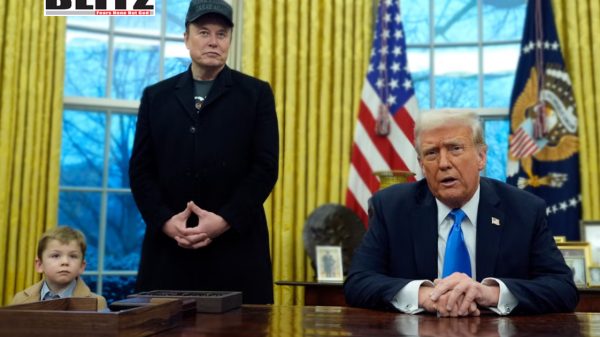
In a dramatic effort to slash government spending and overhaul federal bureaucracy, President Donald Trump has signed an executive order requiring US federal agencies to implement workforce reductions and efficiency measures spearheaded by the Department of Government Efficiency (DOGE), led by tech billionaire Elon Musk.
The executive order, signed on February 11, directs all federal agencies to curtail hiring to only essential positions and work in conjunction with DOGE to identify and execute significant staff reductions, with some agencies facing possible elimination.
Speaking alongside President Trump in the Oval Office, Musk defended the unprecedented initiative, stating, “The American people voted for major government reform, and that’s what they’re going to get.” Musk described the existing bureaucracy as an “unelected, unconstitutional fourth branch of government” that wields disproportionate power compared to elected officials.
“It does not reflect the will of the people. So it’s something we’ve got to fix,” Musk said.
He further emphasized the financial rationale behind the initiative: “We have a $2 trillion deficit. If we don’t do something about this, the country is going bankrupt. It’s astounding that the interest payments alone on the national debt exceed the Defense Department’s budget.”
Trump’s executive order sets a new hiring policy requiring agencies to recruit only one new employee for every four who leave. Exemptions apply to roles associated with public safety, immigration enforcement, and law enforcement. Furthermore, each agency must submit an evaluation report within 30 days assessing whether certain sub-agencies could be eliminated or merged. While the order does not impact military personnel, agency heads may exempt positions they deem vital for national security or public safety.
The appointment of Musk to lead DOGE has raised eyebrows, given his outspoken criticism of government inefficiency and his business empire spanning Tesla, SpaceX, and Twitter. His direct involvement in federal workforce decisions places him at the center of one of the most aggressive downsizing efforts in modern US history.
DOGE has been granted substantial authority to oversee reductions across all federal departments, aiming to eliminate wasteful spending and streamline operations. This move follows earlier Trump administration measures, such as foreign aid cuts and hiring freezes, that sought to reduce federal expenditures.
Musk’s vision for reform aligns closely with Trump’s long-standing critique of the federal bureaucracy, which he has frequently accused of stifling innovation and undermining conservative policies.
While Trump and Musk frame the initiative as a necessary step toward fiscal responsibility, critics warn of its potential consequences. Major reductions in staffing could disrupt essential public services, from Social Security processing to environmental regulation enforcement.
Democratic lawmakers and labor unions have expressed alarm over the initiative, with some calling it a reckless dismantling of government institutions. “This isn’t about efficiency – it’s about handing over control to billionaires while gutting the agencies that protect everyday Americans,” said Senator Elizabeth Warren (D-MA). “Slashing federal jobs at this scale will devastate communities and weaken the government’s ability to function.”
Another major concern is the concentration of power within DOGE. As an unelected body with broad authority, the department’s influence over agency staffing decisions could set a precedent for further privatization of government functions. Reporters have pressed Musk on potential conflicts of interest, given his vast business holdings that often intersect with federal contracts.
The effects of the executive order will likely be felt across multiple federal agencies, with particular consequences for sectors heavily reliant on government employment.
Social Security Administration: With an aging population, any significant cuts could exacerbate delays in processing retirement benefits and disability claims.
Environmental Protection Agency (EPA): Potential downsizing may hinder regulatory enforcement, leading to concerns about public health and environmental degradation.
Internal Revenue Service (IRS): Staff reductions could impact tax collection efforts, potentially increasing processing delays and enforcement challenges.
Veterans Affairs (VA): The VA’s ability to provide timely medical care and benefits to veterans may suffer if workforce reductions are extensive.
The push for a leaner federal workforce is not new, but the scale and direct involvement of Musk make this initiative unprecedented. Previous Republican administrations have attempted similar reductions, but Trump’s executive order goes beyond mere hiring freezes, aiming for structural changes that could reshape the federal government for years to come.
Trump has long championed the idea of reducing federal influence over American life, and with Musk at the helm of DOGE, the administration is doubling down on that vision. “This is about returning power to the people,” Trump stated. “We are cutting the red tape, removing the bureaucratic bloat, and making government work efficiently – just like a well-run business.”
The coming months will reveal whether the federal agencies comply with Musk’s directives or whether legal and political battles will slow implementation. Congress may attempt to block or modify aspects of the order, particularly if the impacts on public services become a major issue in the upcoming election cycle.
For now, Musk and Trump appear determined to push forward, with DOGE expected to deliver its first round of reduction proposals within the next three months. Whether the initiative will achieve its ambitious cost-cutting goals without severely disrupting federal operations remains to be seen.
As the debate unfolds, one thing is clear: Trump and Musk’s partnership is reshaping the federal government in ways that could redefine the role of bureaucracy in America for generations to come.



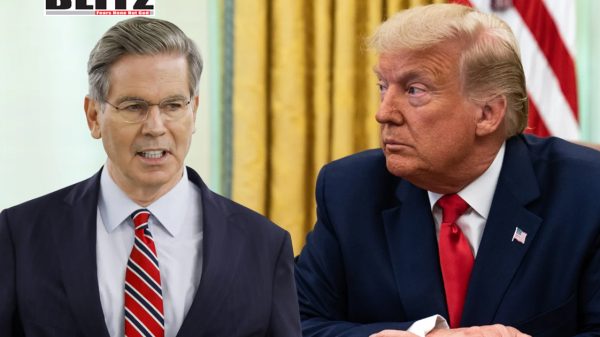
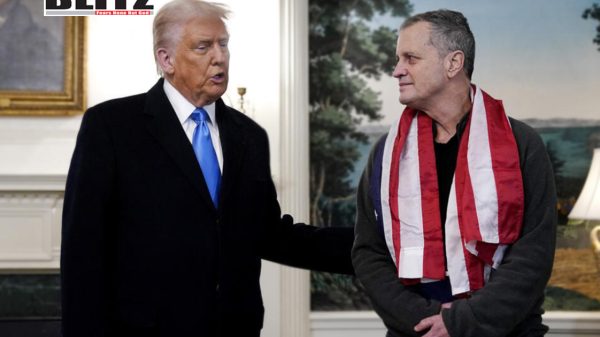
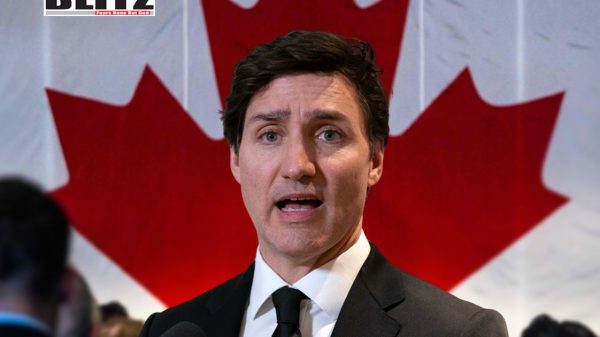
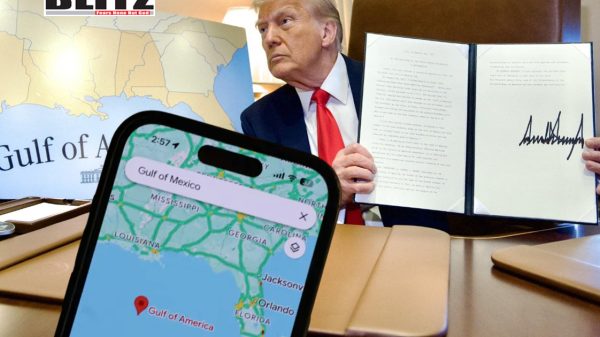
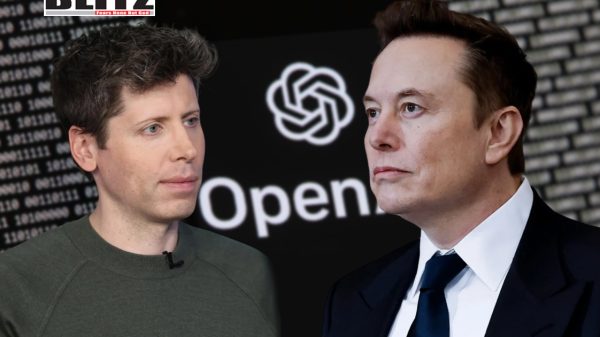
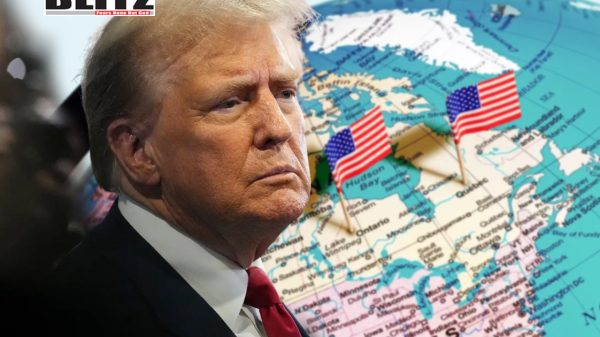
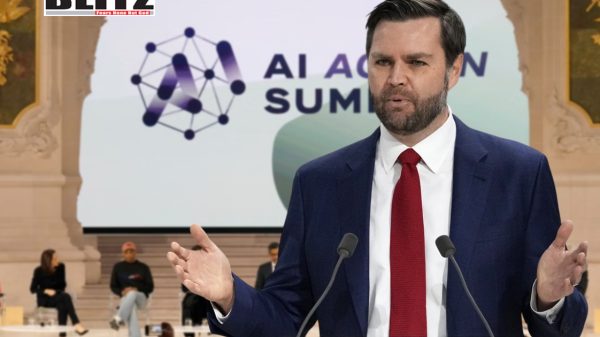

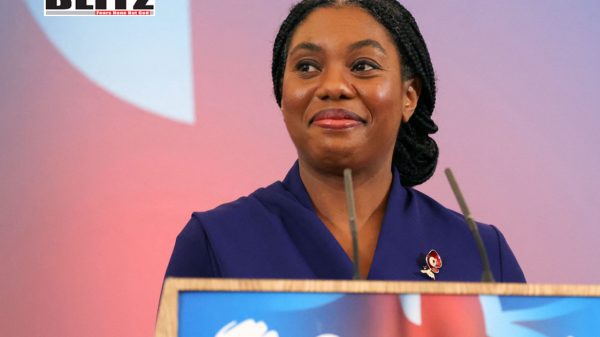
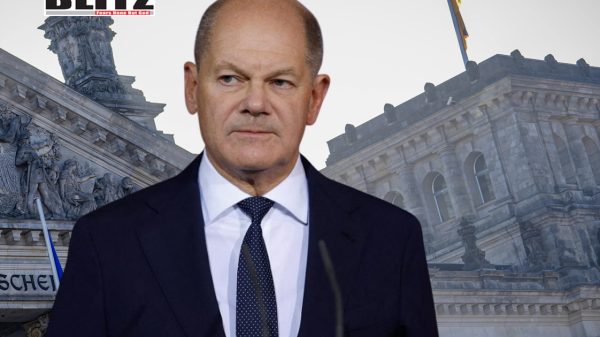

Leave a Reply